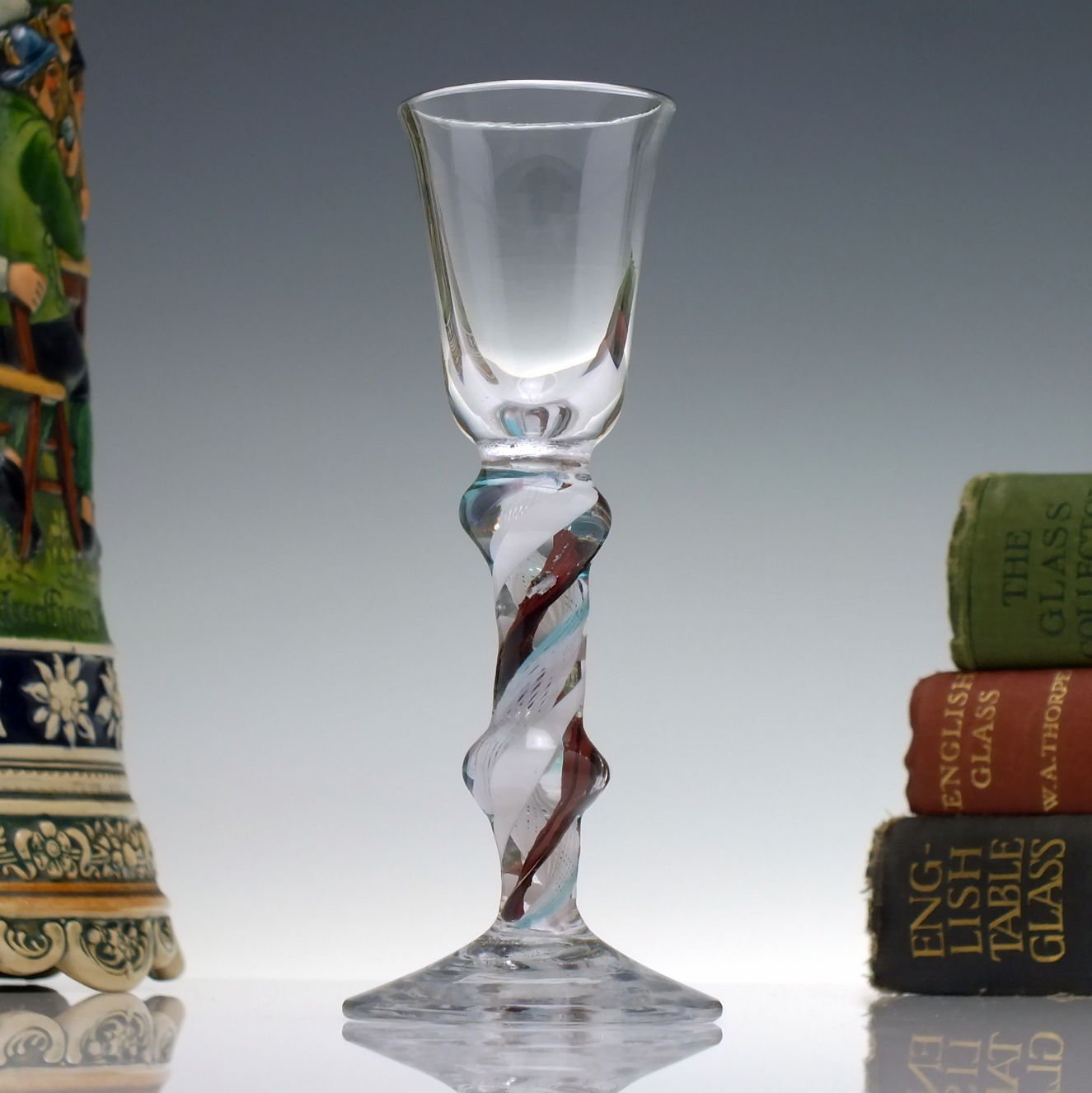Strum Kind of Wonderful
4 November 2021
What types of vintage guitars are striking a chord with collectors?
Will Hodgkinson
Will Hodgkinson is the chief rock and pop critic for The Times, and author of The House Is Full Of Yogis, Guitar Man, Song Man, and Ballad Of Britain.
In 1971 Syd Barrett, the charismatic founder of Pink Floyd whose experiments with LSD had by the end of the 60s left him a damaged recluse, gave an interview for Rolling Stone magazine. The interview took place in Barrett’s mother’s house in Cambridge in a dank and cramped cellar filled with paintings, amplifiers — and a Yamaha 12-string guitar.
Roger 'Syd' Barrett's Yamaha FG-230 Acoustic 12-string guitar, serial No. 1090448, sold for £16,000 at Cheffins in October 2021.
Image courtesy of Cheffins.
“I’m just getting used to it. I polished it yesterday,” says Barrett of the Yamaha before strumming out a version of Love You, from his 1970 solo album The Madcap Laughs. And with that sentence a cheap acoustic model became collector’s gold dust. On October 28, 2021, Barrett’s Yamaha went under the hammer at Cheffins auction house in Cambridge for just under £20,000.
“The manufacturing date is 1969, so it was new to him,” says Barrett’s nephew Mark, who came into possession of the guitar after his uncle died in 2006 and who is giving the proceeds to MIND and the Arthur Rank hospice. “He wouldn’t have used it on his solo albums. He played it for his own amusement, as it were.”
If you want to get into the business of serious guitar collecting, the big money is not in the quality of the guitar but with the evidence of the person who played it. In June 2019 Christie's New York held an auction for the guitar collection of David Gilmour, Barrett’s childhood friend and his replacement in Pink Floyd. The jewel in the crown was a 1969 black Stratocaster, not so much because it was a fantastic guitar — there is no shortage of Strats in the world — but because Gilmour played it on everything from 1973’s The Dark Side of the Moon to 1979’s The Wall. On top of this the guitar’s journey was documented in a book by Phil Taylor, and photographic detail is the real key to making a guitar’s value go from quite expensive to astronomical. Gilmour’s Black Strat sold for just under four million dollars.
As an employee of a famous auction house who wishes to remain anonymous tells me, association trumps taste when it comes to guitars. “That sale of Dave Gilmour’s collection had a really horrible mid 70s Ovation guitar alongside some much cooler ones, but there were photographs of Gilmour playing the Ovation so it went for $400,000. The quality of the guitar — a really beautiful Telecaster made in Nashville, say — doesn’t matter to these people. They just want some of the cool to rub off on them. Unless there is a picture of the person playing it, ideally in a famous situation like Jimi Hendrix at Woodstock, nobody apart from guitar collectors are interested.”
There is a (slightly) more affordable entry into guitar investment: a beautiful instrument that actually looks and sounds great while also having historical significance. The holy grail is the 1959 Gibson Les Paul in sunburst finish. Only around 650 were made before Gibson changed manufacturing methods to deal with skyrocketing demands, thereby giving birth to the vintage guitar industry. Eric Clapton was photographed playing a ’59 Les Paul on the cover of his 1964 album and now you won’t find a real one — there are a lot of fakes out there, so ownership history is essential — for under £100,000.
1964 Fender Stratocaster Daphne Blue refin + HSC.
Image courtesy of ATB Guitars.
“The main thing that makes guitars collectible is the look,” says Paul Kelly, the co-author with his brother Martin of Fender: The Golden Age 1946-70. “When you’re a kid and you’re drawing guitars, you’re not thinking about the sound. You’re thinking about the one that will get the girls. The collectible guitars go from functional items into works of art.”
Kelly’s most treasured possession is a 1964 Rickenbacker 12-string, the same model Pete Townshend had. “It’s the most beautiful thing in the world,” says Kelly, reverently. “I got hold of it 20 years ago for about two grand and now it’s worth twenty grand. Not that I could ever part with it. But it shows you what an investment a good guitar can be.”
Road-weathered vintage guitars always have a certain appeal, but a pristine example of a rare and admired model is where the contemporary market is going. Many collectors will relate to Nigel Tufnel of This is Spinal Tap as he gives the film’s director Marti DiBergi a tour of his guitars, including one that has never been played. “Don’t touch it!” shouts Nigel, even though DiBergi is merely pointing at it. “Don’t point!” It is the guitar collecting mindset in a nutshell. There is also the belief that with a beautiful and classic guitar, preferably one owned formerly by a rock god, some of the magic dust will rub off on its new owner.
“Guitar collectors are not necessarily great players by any means,” Paul Kelly concludes. “I remember going to a massive vintage show with all these beautiful guitars. The sound in the room, of really bad guitarists all playing at once, was the most horrible cacophony I’ve ever heard. That said it all, really.”














